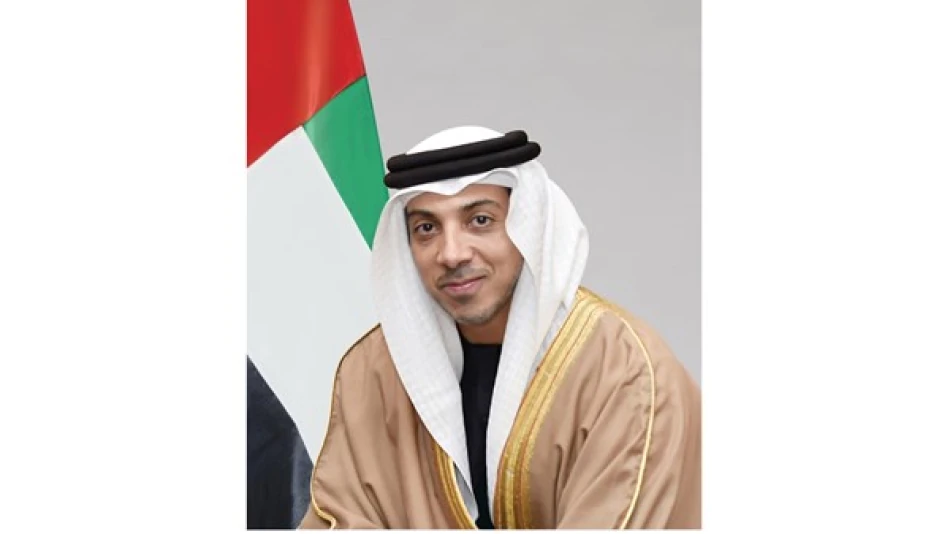
Abu Dhabi's Premier Equestrian Arts Venue Inaugurated by Mansour bin Zayed on Jebel Island
The UAE has opened its first classical equestrian arts academy, marking a historic moment as the world's fifth such institution and the first outside Europe. Sheikh Mansour bin Zayed Al Nahyan officially inaugurated the Abu Dhabi Academy for Princely Arts of Horsemanship on Al Jubail Island, bringing centuries-old European equestrian traditions to the Arab world.
The academy sits on 65,000 square meters among mangrove trees and houses one of the world's largest private equestrian collections. The museum displays over 173 rare artifacts spanning more than 2,000 years, documenting how different civilizations in East and West developed their relationships with horses.
During his tour, Sheikh Mansour visited several specialized facilities. The equestrian library contains over 14,000 books and rare manuscripts, making it the largest of its kind in the region. The UAE's first saddle-making workshop demonstrates how traditional craftsmanship merges with modern techniques. There's also an equipment room showcasing various equestrian tools alongside artwork representing the academy's 40 horses.
The opening ceremony brought together all five major classical equestrian schools for the first time. Teams from Austria, Spain, Portugal, France, and the UAE performed together, creating what organizers called a bridge between Eastern and Western equestrian heritage.
This development places Abu Dhabi alongside Vienna's Spanish Riding School, Spain's Royal Andalusian School, Portugal's Portuguese School of Equestrian Art, and France's Cadre Noir as centers for classical horsemanship. But there's a key difference - while European schools focus on preserving their specific traditions, Abu Dhabi aims to reconnect classical equestrian arts with their Arab roots.
The academy offers advanced training programs for professional and skilled riders using international standards that emphasize precision, harmony, and artistic discipline. A separate youth academy introduces children to basic horsemanship and the values associated with the sport.
For the UAE, this represents more than cultural prestige. The country has been systematically building cultural infrastructure to diversify its economy and establish itself as a global arts destination. The equestrian academy joins museums, galleries, and cultural districts that position Abu Dhabi as a bridge between Eastern and Western traditions.
Sheikh Shama bint Suhail Al Mazrouei, Minister of Community Empowerment and deputy president of the academy, said the project reflects the leadership's commitment to preserving the UAE's cultural heritage. She noted that horsemanship forms part of the country's national identity and aesthetic values.
The timing matters for the global equestrian community. Classical horsemanship has remained largely confined to European institutions for centuries. By establishing the first academy outside Europe, the UAE creates new opportunities for riders from Asia, Africa, and the Middle East to access this training without traveling to Europe.
Most Viewed News

 Layla Al Mansoori
Layla Al Mansoori






